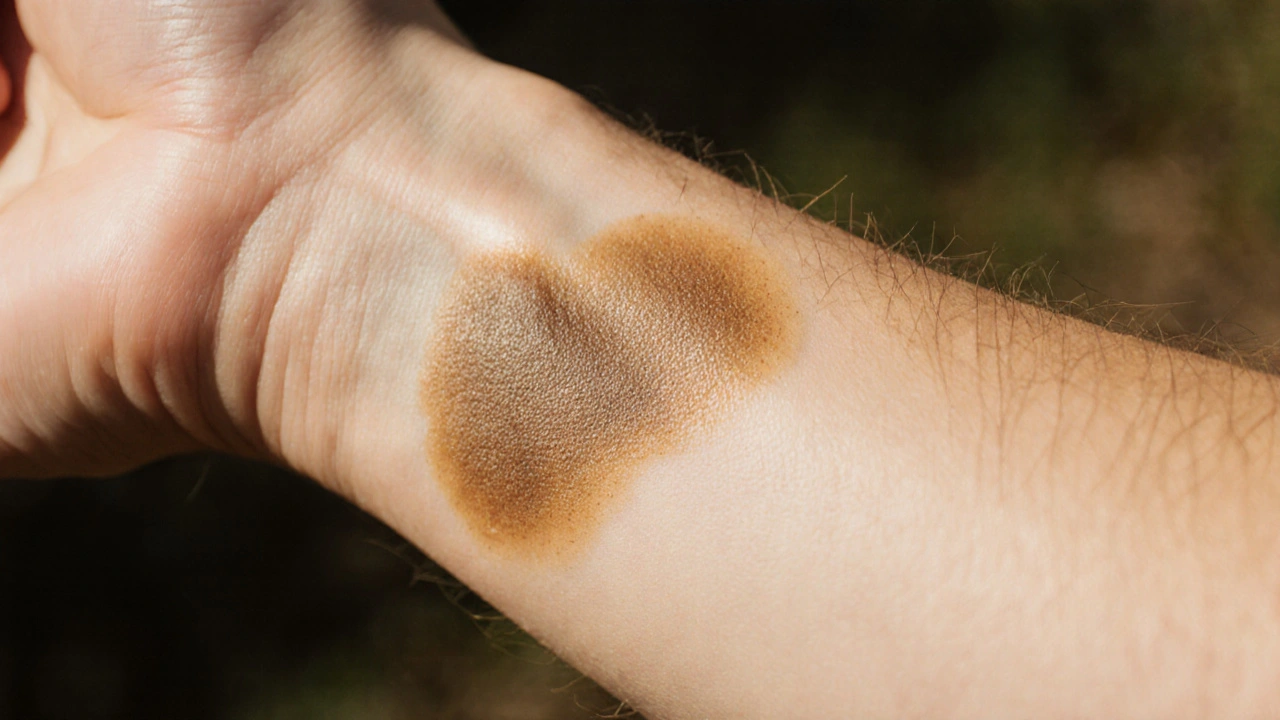Fungal Infection Detection: What It Is and Why It Matters
When working with fungal infection detection, the process of spotting fungal pathogens in skin, nails, or internal tissues. Also known as mycosis diagnosis, it guides everything from treatment choices to follow‑up care. Fungal infection detection is more than a lab request; it’s a key step that connects the symptom you feel to the right medication, like the terbinafine used for athlete’s foot.
One of the most common related tools is the skin swab culture, a simple sample taken from the affected area and grown on a special medium. This method lets clinicians see exactly which fungus is present, whether it’s a dermatophyte causing ringworm or Candida behind a persistent rash. Another critical player is PCR testing, a molecular technique that amplifies fungal DNA for rapid identification. Both techniques illustrate a core semantic triple: Fungal infection detection ↔ requires ↔ laboratory analysis, and they set the stage for targeted therapy.
Why Accurate Detection Changes the Whole Game
Imagine using an over‑the‑counter anti‑itch cream for a fungal infection: you might get temporary relief but the fungus stays alive. Accurate detection avoids that trap by ensuring the chosen antifungal therapy, the medication specifically designed to kill or halt fungal growth matches the identified species. This link forms another semantic triple: Detection outcomes → guide → antifungal therapy. In practice, a positive culture for Trichophyton rubrum leads doctors to prescribe terbinafine (sold as Lamisil), while a Candida result might steer them toward fluconazole.
Beyond medication, detection impacts public health. Outbreaks of nail fungus in gyms or fungal meningitis linked to contaminated steroids become manageable only when the culprit is pinpointed. Rapid PCR results can cut weeks off the response time, limiting spread. This illustrates the triple: Early detection → enables → timely intervention, a principle echoed in many of our articles—whether they discuss antibiotic alternatives or the safety of buying generic drugs online.
What about the patient’s perspective? Knowing the exact fungus can reduce anxiety and prevent unnecessary repeat visits. It also helps users understand why a particular treatment course lasts weeks instead of days. In our post on Lamisil, we dive into how the drug works on the fungal cell wall, but the underlying reason you’d use it comes straight from a solid detection result.
Technology keeps pushing the envelope. New point‑of‑care devices now offer bedside fluorescence microscopy, letting clinicians visualize fungal hyphae without waiting for a culture. Meanwhile, telemedicine platforms let you upload photos of a rash, and an expert can suggest whether a fungal test is warranted. These advances reinforce the triple: Improved tools → enhance → detection accuracy, making the whole process faster and more patient‑friendly.
All of this ties back to the breadth of content you’ll find below. We’ve gathered guides on buying safe generic medications, side‑effect comparisons for antivirals, and deep dives into specific drugs like Lamisil. Together they paint a full picture of how detection informs treatment, how to choose the right pharmacy, and what safety checks to run when you order medication online.
Ready to explore the details? Below you’ll discover practical advice on spotting fungal infections, choosing the right test, interpreting results, and selecting effective antifungal options—all without the jargon.
